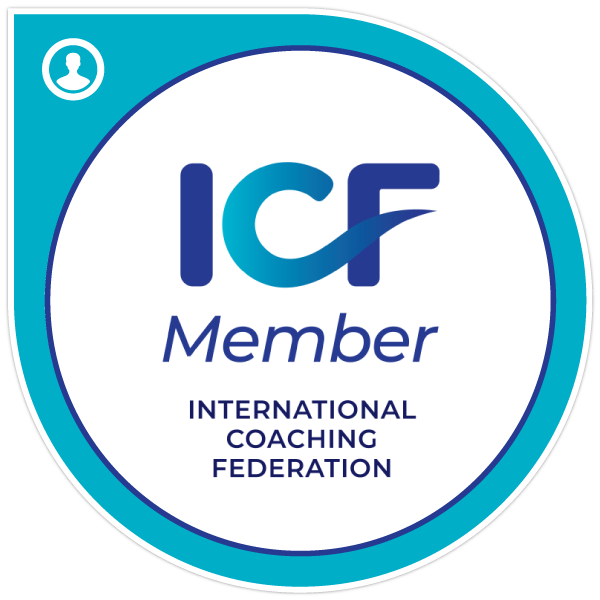The Overconfidence Effect
Rich Baron • January 4, 2023
Failure to Listen can be Catasrophic

Utah is arguably one of the premier destinations for those who love the outdoors. Being born and raised in Utah, I am no stranger to outdoor activities. My family shares that same love of the outdoors and we take advantage of every opportunity we get to go camping, hiking, skiing, fishing, or exploring new outdoor destinations. This is an example of how overconfidence can lead to potentially tragic outcomes.
During one family vacation to St. George, Utah, we decided to hike the Hidden Canyon Trail in Zions National Park. We set out early in the morning to beat the heat of the day since it was July and temperatures in Southern Utah can easily top 100 degrees during the summer months. The group consisted of my family as well as several of our cousins and in-laws.
After the shuttle dropped us all off at the trailhead, we began our hike up the Hidden Canyon Trail, which is a little over 3 miles to reach the hidden canyon high above the valley floor. I had a handheld video camera and was excited to film the entire hike. The trail begins relatively easily on a series of paved switchbacks but eventually turns into dirt trails and steps cut out of the sandstone. Near the top is a steep, narrow trail along a sheer vertical cliff that is no more than a few feet wide. This part of the trail is not for the faint of heart and requires strict focus. There is a chain bolted into the wall to hold onto as the other side of the trail is a sheer one-thousand-foot drop straight down to the valley floor. I had filmed the trek up and was excited to film this part as well.
This part of the trail continues for several hundred feet along the cliff wall and then makes a turn to the left. At this corner, the drop to the valley below is the highest, and holding onto the chain is necessary to safely make it past this point. I was the first in our group and was slowed down on the corner due to a group ahead of us that was moving along this part of the trail very slowly. As I looked around and was filming the view, my wife kept asking me to put the camera down and keep hold of the chain. Since I was holding the chain with one hand, I felt completely safe and assured her that I was completely within my ability and safety. After a few minutes, the group ahead moved on and my group was able to move ahead to the safety of the flat, narrow hidden canyon.
After exploring the canyon, we rested in the shade for a while before heading back down the narrow trail and on to the bottom of the canyon. Once we started down, I took up the rear of the group this time thinking that it would be a great opportunity to film them going down the steep trail holding onto the chains. I thought my plan was brilliant and the footage I was going to get would be spectacular. As we started down the trail, again my wife kept asking me to please put down the camera and focus on the trail. I was feeling quite confident and again told her I would be fine. As we got near the point where the trail goes around the same corner where we were held up on our ascent, I paused to let the group get ahead of me. I wanted to get an awesome shot of the whole group descending from this point. Once again, I heard my wife plead with me to put the camera down and focus on the trail. Again, I brushed off her pleading as I was confident that I could make it down the chained part of the trail while filming.
A Hard Lesson Learned
As I got to the corner, I leaned out slightly, still holding onto the chain but could not quite get the whole family in the frame. I let go of the chain to step out from the wall to get a better shot. I saw the entire group ahead of me and congratulated myself on getting such a great shot. As I panned the camera down towards the valley directly below me, I saw my foot in the viewfinder and the front of my foot was literally off the trail with over one thousand feet of air between me and the valley floor. I muttered some words of panic, quickly moved back toward the wall, and grabbed the chain. Nobody in the group ahead of me had seen what had just happened. I caught my breath, steadied myself, put the camera away, and continued down the trail holding tight to the chain.
That evening back at our condo, we sat poolside enjoying the summer evening with our family. However, I was not engaged as usual as I was bothered by the events of the day and was deep in thought. My wife asked why I was so quiet. I told her what had happened and showed her the video clip from the hike and apologized for not listening to her advice.
After watching the clip again, I realized had I stepped even one inch closer, I would have lost my balance and fallen into the valley below. Not one of my family would have known I was gone until it was too late. I did not sleep that night as I kept reliving that moment as I lay in bed. I was ashamed of myself for being so foolish and overly confident. My example to others in my group was far from exemplary. My overconfidence in my ability resulted in ignoring the pleadings from my wife to focus on the trail and keep hold of the chain. Results of my overconfidence almost ended in a tragic, unnecessary outcome.
The Pitfalls of Overconfidence
So how does this story relate to leadership? Often as a leader’s power grows, real or perceived, they tend to become overconfident in their abilities. This is called the “Overconfidence Effect.” This is one of the most precarious traps to fall into as a leader. This false sense of confidence can lead to ineffective listening, assumptions, misunderstandings, and psychological blind spots. Law number 49 of the 50 Laws of Intelligent Leadership states that “Psychological blind spots may soothe the ego, but they are detrimental in the long term.”
It is a proven statistic that overconfidence in leadership results in the decline and destruction of individual careers as well as organizations. However, this does not have to be the case. The first step to effective intelligent leadership is learning to be vulnerable. This requires the willingness to open up to those around you, admit your mistakes and take advice from others.
The Vulnerability Decision
Great leaders surround themselves with experts in their fields and readily seek advice, counsel, and open collaboration. The decision to be vulnerable does not mean you are a weak leader. It takes a great deal of courage in choosing to be vulnerable. The vulnerability decision is the key to unlocking the potential to become a great leader. It will open doors to opportunities that were never thought possible for both yourself and your organization.
Truly great leaders are fully aware of their strengths and gaps and as a result, are humble in their approach to leading. This is a direct result of the vulnerability decision as well as a conscious decision to avoid the pitfalls of the overconfidence effect. Humble leaders realize that they are not the smartest, wisest person at the table. They also realize that they do not need to be as they seek advice and actively listen to everyone in the organization from entry-level employees to c-suite executives. This inclusion is what makes organizations strong, successful, and resilient. After all, leaders who fail to listen and ignore the advice of those around them will eventually find themselves not being listened to. Take it from someone whose ineffective listening and overconfidence almost ended up steering him off the cliff.
If you want to find out more about Intelligent Leadership and how deciding to be vulnerable can help you on your leadership journey, go to my Calendly link and book a complimentary coaching session with me.
About the Author
Rich Baron is a Master Certified Intelligent Leadership Executive Coach with over 25 years of operational management and executive-level leadership experience. Along with his coaching partner, Maikel Bailey, they bring over 50 years of executive coaching and leadership experience.
.




